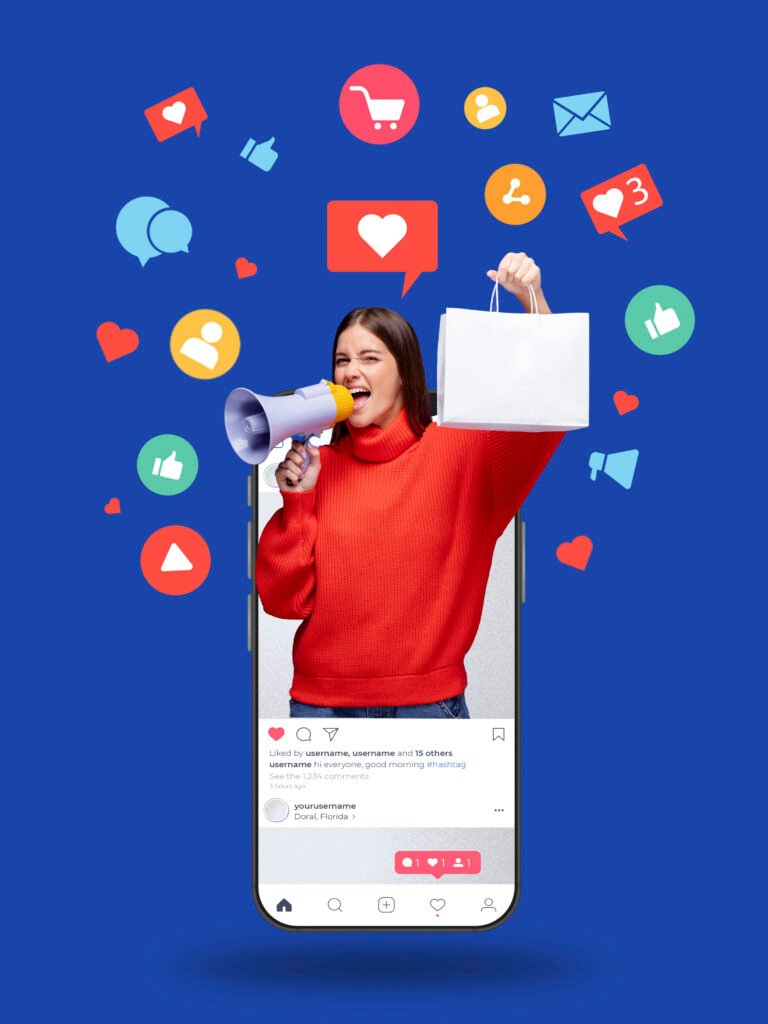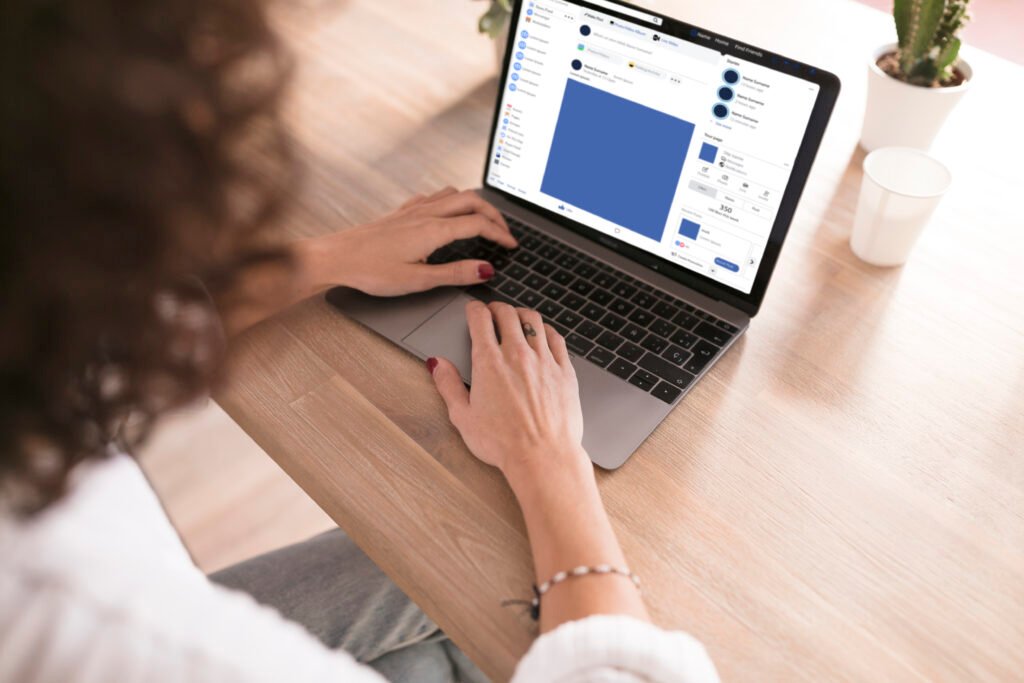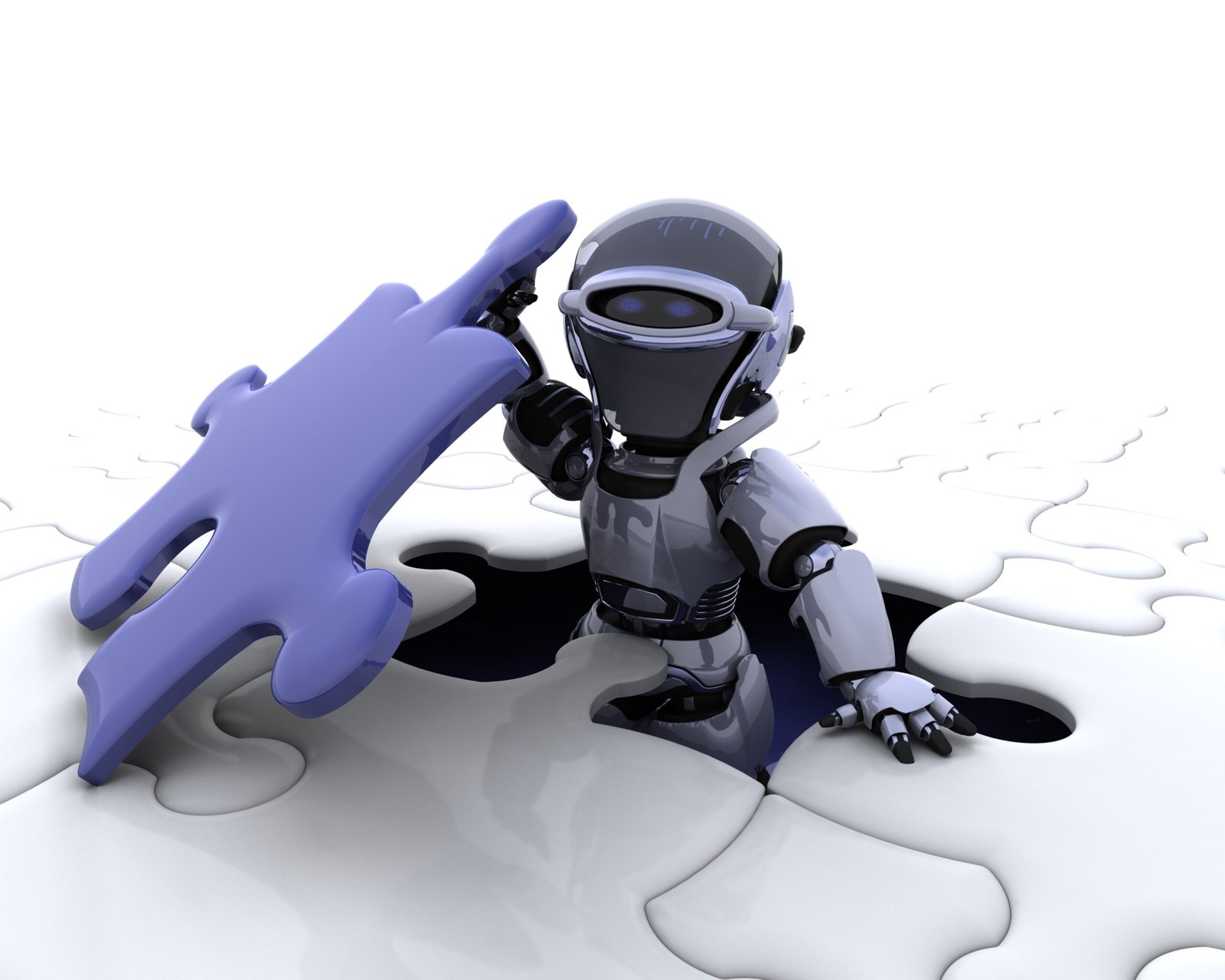Table of Contents
ToggleIntroduction
In the evolving world of digital advertising, Artificial Intelligence (AI) has become a game-changing phenomenon, redefining how companies interact with audiences. Facebook, the innovator in social media marketing, utilizes AI throughout its ad platform to maximize accuracy, effectiveness, and scalability. In this blog, we will discover how AI maximizes Facebook Ads at the campaign, ad set, and ad levels with practical applications and real-life instances.
The Structure of Facebook Ads
Facebook’s ad system has three levels:
Campaigns: Establish broad goals (e.g., brand awareness, conversions).
Ad Sets: Determine audience, budget, placements, and schedule.
Ads: Creative assets (image, video, copy) specific to target audience.
AI weaves in each level, making decisions for increased return on ad spend (ROAS).
AI in Facebook Campaigns
Campaign Budget Optimization (CBO)
Facebook’s AI-powered CBO automatically distributes budgets between ad sets to maximize high-performing audiences. Suppose a clothing store launching holiday promotions sets a $5,000 campaign budget. AI reallocated funds, concentrating on ad sets with higher conversion rates, potentially increasing ROAS by 20-30%.
Bid Strategies
AI picks best-performing bid strategies according to objectives:
Lowest Cost: Best-effort conversions at lowest cost.
Cost Cap: Finds cost and volume balance.
Bid Cap: Human-capped with AI fine-tuning.
A travel company employing “lowest cost” bidding lowered cost per lead (CPL) by 15% without sacrificing volume.

AI in Ad Sets
AI-Powered Automated Audience Targeting
Facebook AI scrutinizes the behavior, interests, and demographics of users to pinpoint high-intent audiences. Solutions such as Advantage+ Audience increase reach while ensuring relevance. For example, a fitness app promoting “yoga enthusiasts” grew installs 25% through AI-sophisticated audiences.
AI-Powered Automated Placements
AI tests ad placements (News Feed, Stories, Audience Network) to find best combinations. An e-commerce company utilizing automated placements saw a 40% increase in click-through rate (CTR) by reallocating budgets to Instagram Stories.
Dynamic Creative
AI blends headlines, images, and CTAs to create high-performing versions. A chain bakery that tested five creatives saw AI-optimized ads drove 50% more store visits.
AI in Ads
Creative Optimization
AI solutions such as Facebook’s Dynamic Ads automatically create product catalogs to retarget individuals at a personal level. For instance, an e-bookstore used dynamic ads to retarget recently viewed books, increasing sales by 35%.
Predictive Analytics
Predictive analytics uses historical data to predict ad performance. A SaaS business used predictive analytics to redistribute budgets to high-performing regions, which boosted ROAS by 22%.

Audience Targeting with AI
Lookalike Audiences
AI recognizes users similar to current customers. A subscription-based service aimed at lookalike audiences of loyal users doubled trial sign-ups.
Predictive Audiences
Proposes user behavior (e.g., likelihood to buy) based on machine learning. A high-end automobile dealership targeted users with strong lifetime value (LTV) scores, boosting test drives by 18%.
Challenges and Best Practices
Challenges:
Data privacy limitations, excessive dependence on automation, and algorithmic biases.
Best Practices:
Dedicate AI insights to human creativity in order to create resonant messaging.
Operate AI recommendations through frequent A/B testing.
Monitor privacy regulation compliance (GDPR, CCPA).
Conclusion
AI enables marketers to traverse Facebook’s complexity with unprecedented flexibility. With automated budgeting, audience targeting, and creative optimization, businesses attain scalable growth. But success depends on strategic management, ethical use of data, and balancing automation with human instinct. As AI advances, its contribution in hyper-personalized advertising will continue to increase, making it imperative for contemporary marketers to master these tools.

The integration of AI in Facebook’s advertising platform is truly fascinating. It’s impressive how AI optimizes campaigns, ad sets, and individual ads to maximize ROI. The example of the clothing store reallocating its budget for holiday promotions shows how AI can significantly boost performance. I’m curious, though, how small businesses with limited budgets can effectively leverage these AI tools without overspending. The case of the fitness app targeting yoga enthusiasts is a great example of AI’s precision in audience targeting. However, do you think there’s a risk of over-reliance on AI, potentially losing the human touch in marketing? The dynamic ads for the e-bookstore seem like a game-changer for personalized retargeting. What’s your take on the balance between automation and creativity in ad campaigns?
The ideal balance treats automation as the engine and creativity as the driver. Automation handles the “how” (efficiency, precision), while creativity defines the “why” (purpose, emotion). Together, they create campaigns that are both scalable and unforgettable—think of it as a symphony where data provides the rhythm, and creativity composes the melody.